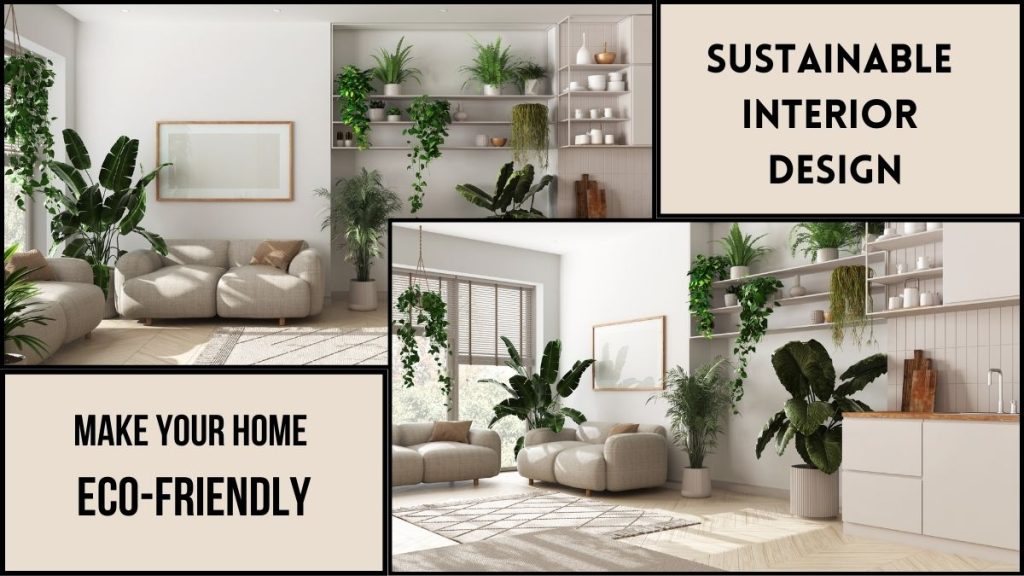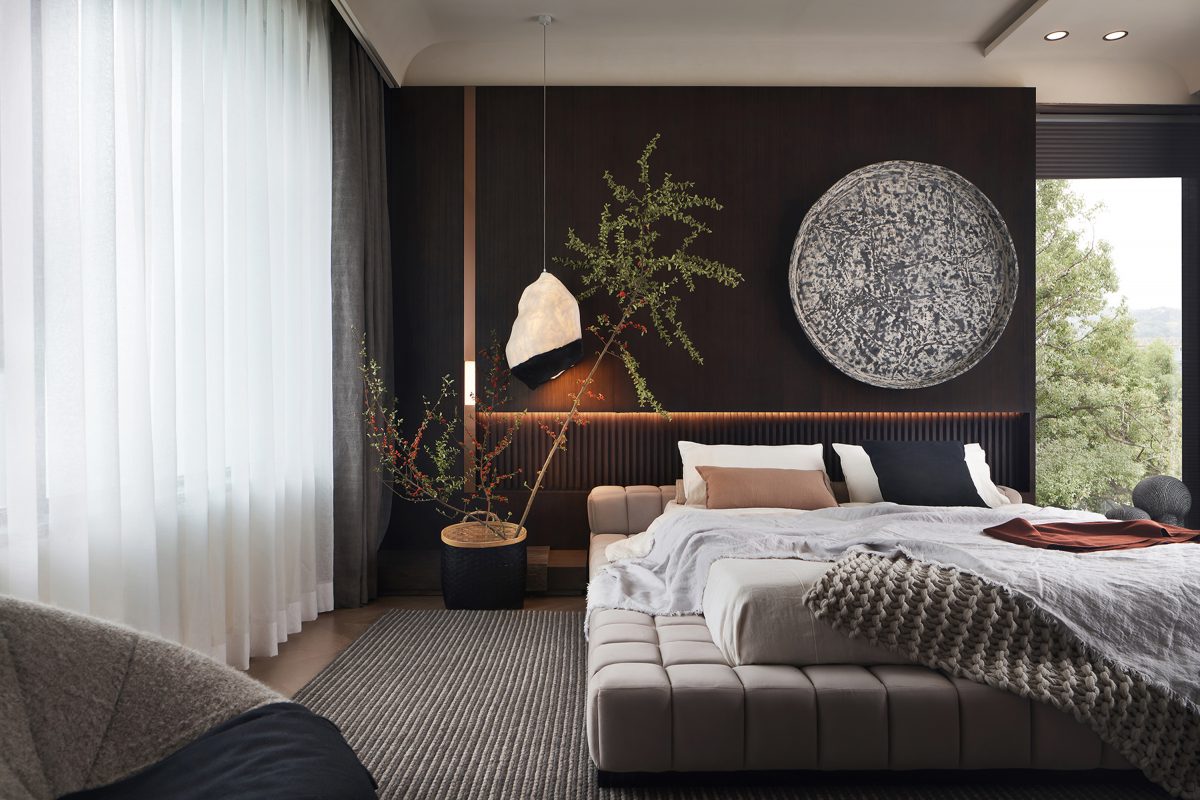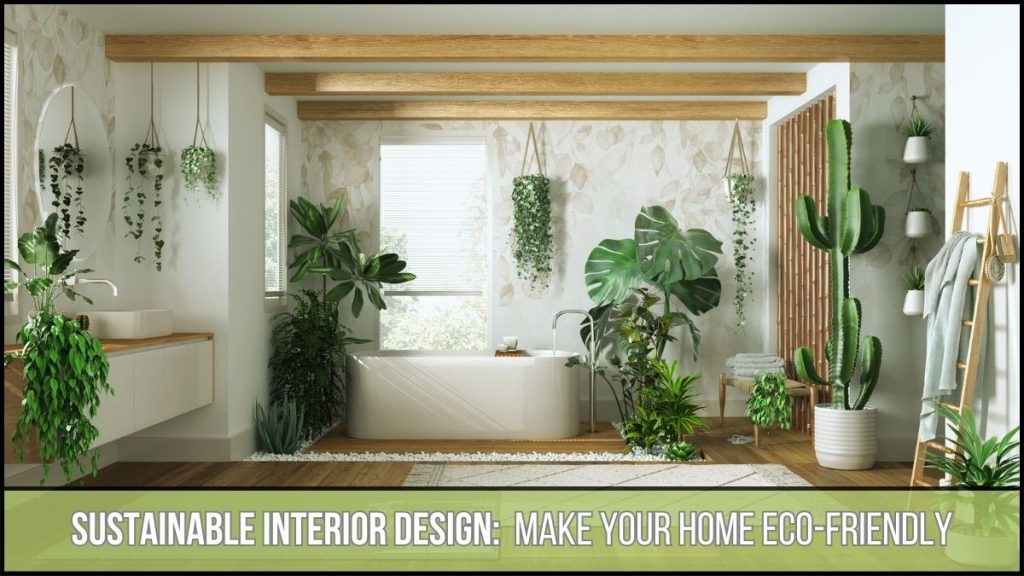Sustainable interior design focuses on creating eco-friendly and energy-efficient living spaces. It uses sustainable materials and practices to minimize environmental impact.
Sustainable interior design is gaining popularity as more people become environmentally conscious. This design approach integrates recycled materials, energy-efficient lighting, and natural elements to create beautiful, eco-friendly spaces. Designers prioritize materials like bamboo, reclaimed wood, and low-VOC paints. These choices reduce carbon footprints and promote healthier living environments.
Smart technology, such as programmable thermostats and energy-efficient appliances, also plays a significant role. Sustainable interior design not only benefits the planet but also enhances the quality of life for occupants. Embracing this practice can lead to stylish, functional, and environmentally responsible interiors.
Related Article: How to Learn Interior Design Yourself: Ultimate DIY Guide
You may also read: Best Interior Design Books to Transform Your Home with Style

Related Article: Interior Design Basics: Transform Your Space with Style
You may also read: Minimalist Living Spaces: Transform Your Home with Less
Introduction To Sustainable Interior Design
Sustainable interior design is about creating beautiful and eco-friendly spaces. It involves making choices that benefit both the environment and human health. This approach focuses on using resources wisely and minimizing waste.
What Is Sustainable Design?
Sustainable design aims to reduce the negative impacts on the environment. It involves choosing materials that are renewable and non-toxic. Designers also consider energy efficiency and the life cycle of products.
Key elements of sustainable design include:
- Using natural and renewable materials
- Reducing waste and recycling
- Improving energy efficiency
- Enhancing indoor air quality
Importance Of Eco-friendly Homes
Eco-friendly homes are crucial for a healthy planet. They help reduce carbon footprints and save natural resources. By choosing sustainable materials, homeowners can create safer living environments.
Benefits of eco-friendly homes include:
- Lower energy bills
- Improved indoor air quality
- Less waste in landfills
- Healthier living spaces
Implementing sustainable practices in interior design can make a big difference. It is about making smart choices for a better future.
Related Article: Room Makeover Ideas: Transform Your Space on a Budget

Credit: www.sbid.org
Related Article: Modern Bohemian Interior Design: Rebuild Your Space Effortlessly
Choosing Eco-friendly Materials
Choosing eco-friendly materials in interior design helps the environment. It also creates a healthier home. This guide covers natural and recycled materials and non-toxic finishes and paints.
Natural And Recycled Materials
Natural materials are renewable. They come from nature. Wood, bamboo, and cork are excellent choices. They last long and look beautiful.
Recycled materials reduce waste. They give old items a new life. Reclaimed wood and recycled glass are popular. They add unique charm to interiors.
Here is a table with some natural and recycled materials:
| Material | Type | Benefits |
|---|---|---|
| Wood | Natural | Durable, timeless |
| Bamboo | Natural | Fast-growing, strong |
| Reclaimed Wood | Recycled | Reduces waste, unique |
| Recycled Glass | Recycled | Eco-friendly, stylish |
Non-toxic Finishes And Paints
Non-toxic finishes are safe for health. They do not release harmful chemicals. Water-based finishes are a great choice. They dry quickly and have low odor.
VOC-free paints are important. VOCs, or volatile organic compounds, harm air quality. Choose paints labeled as VOC-free or low-VOC.
Here is a list of non-toxic finishes and paints:
- Water-based finishes
- VOC-free paints
- Natural oil finishes
- Milk paints
Energy-efficient Lighting Solutions
Creating a sustainable interior design means using energy-efficient lighting solutions. This not only saves energy but also reduces your carbon footprint. Let’s explore some effective ways to achieve this.
Led Vs Traditional Lighting
LED lighting stands out due to its long lifespan and low energy consumption. Traditional lighting like incandescent and fluorescent bulbs consume more energy and have shorter lifespans.
| Features | LED Lighting | Traditional Lighting |
|---|---|---|
| Energy Consumption | Low | High |
| Lifespan | 25,000 – 50,000 hours | 1,000 – 10,000 hours |
| Heat Emission | Very Low | High |
| Cost | Higher initial cost, lower long-term cost | Lower initial cost, higher long-term cost |
Switching to LED lighting can save a lot of energy and money over time.
Maximizing Natural Light
Natural light is a free and abundant resource. Using it can significantly reduce electricity usage.
- Use large windows to allow more sunlight.
- Install skylights to bring in overhead light.
- Use light-colored walls to reflect sunlight.
Mirrors can also help by reflecting natural light into darker areas of your home.
Strategically placing furniture can ensure that light flows freely through the space.
You may also read: Very Small Kitchen Ideas on a Budget: Maximize Space!

Credit: www.decorilla.com
Related Article: Modern Scandinavian Interior Design: Timeless Elegance Redefined
Sustainable Furniture Choices
Sustainable interior design focuses on reducing the environmental impact of furniture. Choosing the right pieces can make a huge difference. This section explores the best options for sustainable furniture choices.
Upcycled And Reclaimed Furniture
Upcycled and reclaimed furniture uses old materials. This reduces waste and conserves resources. You can find unique items that tell a story. Many of these pieces have character and charm.
Here are some benefits of upcycled and reclaimed furniture:
- Reduces landfill waste
- Conserves natural resources
- Often cheaper than new furniture
- Unique and one-of-a-kind pieces
Look for items made from reclaimed wood, metal, and fabric. These materials have a smaller environmental footprint. They also add a rustic or vintage feel to your home.
Certified Sustainable Products
Certified sustainable products meet specific environmental standards. These certifications ensure the products are eco-friendly. Some common certifications include:
| Certification | Description |
|---|---|
| FSC | Forest Stewardship Council – ensures wood is sustainably sourced. |
| GREENGUARD | Ensures products have low chemical emissions. |
| OEKO-TEX | Certifies textiles are free from harmful substances. |
Choosing certified products helps you make eco-friendly choices. You support companies that prioritize sustainability. This encourages more businesses to adopt green practices. Always check for these certifications on furniture labels.
Sustainable furniture offers many benefits. It reduces environmental impact and supports eco-friendly practices. Make informed choices to create a greener home.
Indoor Air Quality Improvement
Improving indoor air quality is crucial for a healthy home. Poor air quality can lead to health issues. Sustainable interior design prioritizes air quality. Here are some ways to enhance it.
Plants For Clean Air
Plants are natural air purifiers. They absorb toxins and release oxygen. Here are some good plants:
- Spider Plant – Removes formaldehyde and carbon monoxide.
- Peace Lily – Reduces mold spores.
- Bamboo Palm – Filters benzene and trichloroethylene.
Place these plants around your home. They will improve air quality. They also add beauty and color to your space.
Ventilation And Air Purifiers
Ventilation is key to fresh air. Open windows and doors for natural ventilation. Use exhaust fans in kitchens and bathrooms. This helps remove pollutants and moisture.
Air purifiers are also effective. They filter out dust, pollen, and smoke. Look for purifiers with HEPA filters. These filters capture small particles. Here is a table of recommended air purifiers:
| Brand | Model | Filter Type | Coverage Area |
|---|---|---|---|
| Dyson | Pure Cool | HEPA & Carbon | 400 sq ft |
| Honeywell | HPA300 | HEPA | 465 sq ft |
| Levoit | LV-H132 | HEPA | 129 sq ft |
Choose the right purifier for your space. Ensure it’s suitable for the room size. Regularly change filters for the best performance.
Related Article: Interior Design Tips for Beginners: Transform Your Space Today

Related Article: Interior Design Lighting Ideas: Transform Your Space Effortlessly
Water Conservation Tips
Water is a precious resource. Sustainable interior design includes ways to save water. These tips help you to conserve water in your home.
Low-flow Fixtures
Low-flow fixtures are an excellent way to save water. They help you use less water without sacrificing performance. Install low-flow faucets, showerheads, and toilets.
- Low-flow faucets reduce water use by up to 50%.
- Low-flow showerheads save about 2,700 gallons of water per year.
- Low-flow toilets use only 1.6 gallons per flush, saving water daily.
These fixtures are easy to install and affordable. They make a big impact on your water bill and the environment.
Rainwater Harvesting
Rainwater harvesting involves collecting and storing rainwater. This water can be used for various purposes in your home.
| Use | Description |
|---|---|
| Gardening | Water plants and lawn with collected rainwater. |
| Flushing Toilets | Use rainwater for flushing toilets. |
| Cleaning | Wash floors and outdoor areas with rainwater. |
Setting up a rainwater harvesting system is simple. Use a rain barrel to collect water from your roof. This practice reduces reliance on municipal water and lowers your water bill.

Credit: annabode.com
Related Article: Color Psychology in Interior Design: Transform Your Space
Conclusion
Choosing sustainable interior design benefits both the environment and your well-being. It creates healthier, stylish, and eco-friendly spaces. Embrace sustainable materials and energy-efficient solutions. Your home will reflect a commitment to a better future. Start your journey towards a greener lifestyle today.
Sustainable choices make a lasting impact.
Related Article: Small Modern House Interior Design: Transform Your Space Today

Pingback: Interior Design Lighting Ideas: Transform Your Space Effortlessly - SpaceArc
Pingback: Interior Design Basics: Transform Your Space with Style - SpaceArc
Pingback: How to Learn Interior Design Yourself: Ultimate DIY Guide - SpaceArc
Pingback: Interior Design Tips for Beginners: Transform Your Space Today - SpaceArc
Pingback: Modern Bohemian Interior Design: Rebuild Your Space Effortlessly - SpaceArc
Pingback: Modern Scandinavian Interior Design: Timeless Elegance Redefined - SpaceArc
Pingback: Minimalist Living Spaces: Transform Your Home with Less - SpaceArc
Pingback: 10 Common Interior Design Mistakes to Avoid Now! - SpaceArc